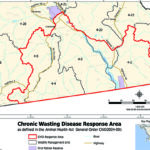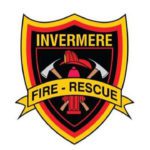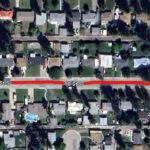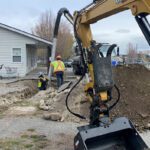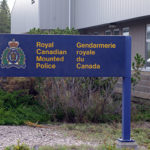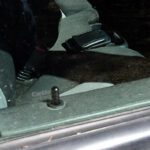Home »
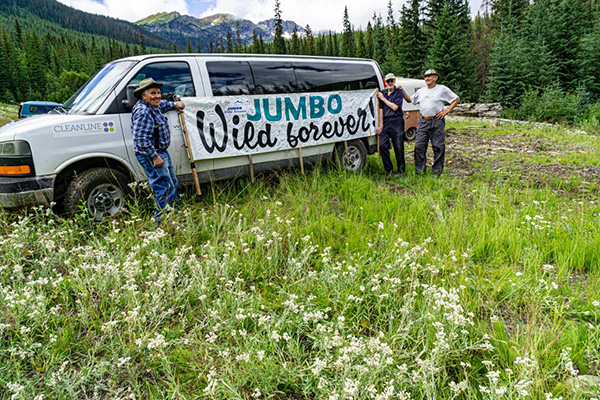
I Love Jumbo Wild: Jim Galloway
By Lorene Keitch
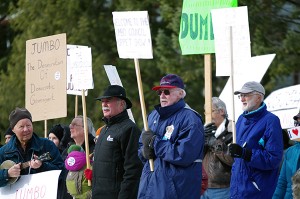
If you have been involved on the ground with the Jumbo Wild campaign, you likely know Jim Galloway. His name is synonymous with Jumbo Wild. He has been an active member of Wildsight since the early days, and its predecessor, the East Kootenay Environmental Society.
As we look ahead to the future of the larger Purcells, we want to stop and pay homage to those that held the picket signs, that stood their ground, that made their voices heard to find justice for Jumbo. We caught up with Jim recently to hear his reflections on the past 30 years, of keeping Jumbo Wild, and the relief that came with the announcement that it will be protected in an Indigenous Protected and Conserved Area.
When Jim moved to the Columbia Valley, he heard talk of a possible ski resort and thought it sounded like a wonderful idea. But the more he heard about the environmental impacts of the issue, the more he realized this was not only not a good idea, it was downright dangerous.

Jim went to a meeting about Jumbo shortly after he heard about the proposed development, about 27 years ago. He knew he could not sit idly by while others stood their ground, so he joined the board of the newly formed Jumbo Creek Conservation Society (JCCS).
It was a couple years after joining JCCS that Jim finally got the chance to see the Jumbo Valley for himself.
“I was so impressed with the beauty of it,” he said, adding it affirmed his commitment to protect this precious landscape. “I was convinced that there were enough destination ski resorts in the province of British Columbia, that we didn’t need another one, especially deep in the backcountry.”
In the early years, Jim worked with others to do on-the-ground campaigning, put up booths at public events in Invermere and collect petition signatures. Jim was there at every public meeting and open house, always ready with tough questions for project proponents and government representatives. When it came time to stand on the road the developer was using to illegally begin construction, Jim spent 44 days, that included many cold nights in the late fall, camped in the Farnham Valley to ensure the checkpoint was consistently staffed.
“We never gave up hope,” he said. “We did at times have our down moments. But we just kept on fighting.”
 Jim attributes much of Jumbo’s ultimate victory to having a government in power that put conservation values above profit.
Jim attributes much of Jumbo’s ultimate victory to having a government in power that put conservation values above profit.
“Things progressed in our favour. But there were still legal battles and it was difficult. Finally it all started coming together,” Jim said. “Negotiations had been going on quietly behind closed doors. And finally people like myself got the word: we had won.”
While told to sit on the news until the formal announcement came, Jim was absolutely jubilant.
“It’s a big relief to me. I’m 86 now. I was getting worried that as they lowered me into the ground, there would still be no solution to the Jumbo situation.”
After all that time, Jim reflects that being a strong environmentalist is not easy. But if you find a cause worth fighting for, it’s worth the fight.
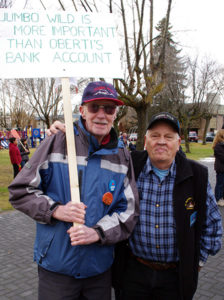
“The value (of the Jumbo Valley) is it gives great connectivity to a lot of different watersheds for the animals, for the wildlife. And it also improves the physical situation of the Yellowstone to Yukon corridor. When you cut off a segment of the wilderness from other segments, animals are blocked off and unable to roam freely,” he said.
“And once you let development in and they get their foot in, it’s hard to stop them after that.”
When asked what Jim hopes Jumbo, and the greater Qat’muk Indigenous Protected and Conserved Area, will look like in 100 years, Jim said, “I believe … that whole area is going to be quite wild. Wild forever.”
Lead image: Nolan Rad, Jim Galloway and Bob Campsall at site of Jumbo Monitoring Camp, Upper Jumbo Valley, Purcell Range August 20, 2014. Photo by Pat Morrow
Editor’s note: This story was originally posted on Tuesday, February 25, 2020 By Lorene Keitch in: Conservation, Invermere Branch, Wildsight

